FORMENTERA
Plants and Animals

Plants and Animals
Popular destinations SPAIN
| Andalusia | Catalonia | Costa blanca |
| Costa brava | Costa del sol | El hierro |
| Formentera | Fuerteventura | Gran canaria |
| Ibiza | La gomera | La palma |
| Lanzarote | Mallorca | Menorca |
| Tenerife |
Plants and Animals
Plants
As far as the vegetation on Formentera is concerned, the soil is, of course, an important factor. The soil on the island consists mainly of sand and limestone. Other important factors are the low, irregular rainfall and the high permeability of the soil, which results in little or no retention of rainwater. These conditions mean that the vegetation is not very abundant. Due to the even climate, the almond trees bloom as early as mid-January, and in March and April many wild flowers such as narcissi, rock roses and poppies.
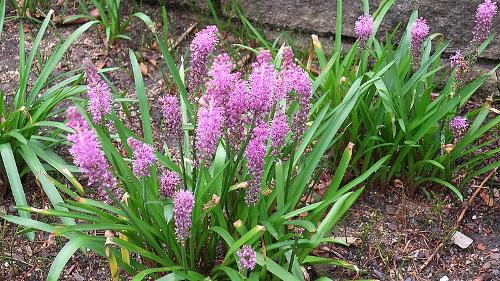 Hyacinth, FormenteraPhoto: Cultivar413 CC 2.0 no changes made
Hyacinth, FormenteraPhoto: Cultivar413 CC 2.0 no changes made
Only rosemary and thyme thrive on the rocky soils, which are the basis for the famous herbal liqueurs of Formentera. Formentera and Ibiza are the only places in Europe where Scilla numidica, a special hyacinth, is found, and the only places in the world where Silene cambessedesii, a type of cuckoo flower, is found. Endemic plants are also the Balearic horseshoe clover, the beach snapdragon, the white thistle, the sunflower, the Balearic carnation and the Balearic alpine violet.
Formentera has steppe-like vegetation, i.e. few forest areas. The southwest and east side of the island are particularly rich in pine trees. The west of the island has fig trees, olive trees and vineyards. The sabina marítima, family of the juniper (Juniperus phoenica) is the most characteristic tree of Formentera. No other Balearic island has sabina trees in such large numbers, which are also larger and older. The wood of the sabina has been used for centuries in the construction of houses. Young trees are often used as Christmas trees because of their shape. Because of this, the number of trees has decreased considerably, but they are now increasingly protected.
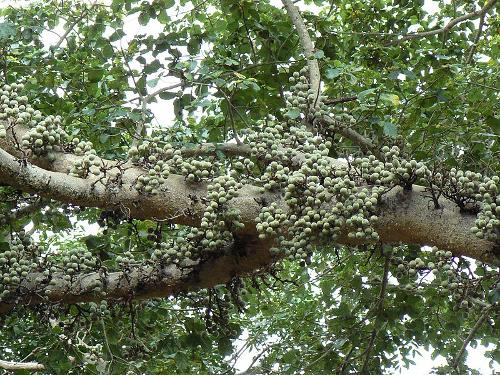 Fig Tree, FormenteraPhoto: Chris Eason CC 2.0 no changes made
Fig Tree, FormenteraPhoto: Chris Eason CC 2.0 no changes made
Formentera's fig trees, higueras, can live up to a hundred years, and farmers have used an ingenious system to bend the fig tree's branches so that they grow horizontally instead of vertically. This way, the goats cannot reach the figs, the farmers can easily pick them and the sheep have plenty of shade.
On Formentera, many trees have been cut down over the years and a vegetation of bushes has developed in their place. This lower vegetation (garrigue) is typically Mediterranean, with for example mastic trees, rosemary, thyme, olive tree, Spanish juniper and white rockrose. A special feature is that around 10 species of orchids grow among the scrub.
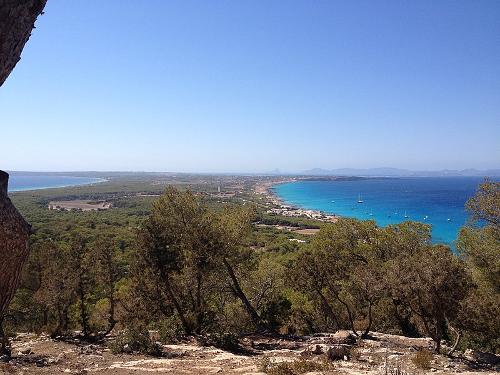 Vegetation FormenteraPhoto:JanManu CC 4.0 no changes made
Vegetation FormenteraPhoto:JanManu CC 4.0 no changes made
In the sandy areas and around the beaches, shrubs like the 'esteperol' and plants like the 'lletreres' and the 'botja' grow. Dune helmet or 'carritx' is widely planted and Arabian glasswort and sea blite are found in marshland near the salt marshes.
Other species that have adapted well to the situations are the prickly pear cactus and the American agave. The crystal clear water around Formentera is due to the Posidonia oceanica, a seagrass that emits large amounts of oxygen and CO2.
Animals
The only carnivorous mammals are some feral cats. Rabbits are plentiful, but hares are not found on the island. The dormouse, a member of the dormouse family, has undergone such a micro-evolution on Formentera that the island's specimens are the largest in the world. The same story applies to the house sparrow. The black and brown rat is common, but not in great numbers. The hedgehog is quite common and cars are its greatest enemy.
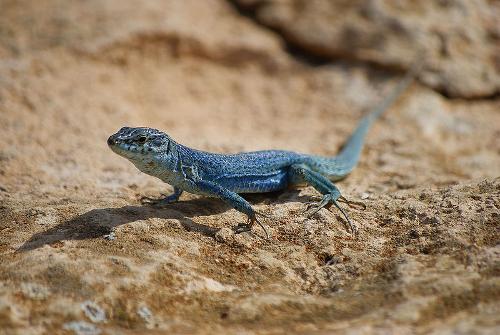 Lizzard, FormenteraPhoto: Arnau.sellares CC 3.0 no changes made
Lizzard, FormenteraPhoto: Arnau.sellares CC 3.0 no changes made
Particularly interesting are the many lizard species that have developed on the Balearic Islands and therefore also on Formentera. The green Lagarija Balear is the best known species. The islands of Vedrà and Tagomago are home to species not found anywhere else. There are also two species of geckos on Formentera, probably introduced by man. Snakes are not to be found on the island, although in the past it was also called Ofiusa, which indicates that snakes used to live there.
As for birds, it is certain that at least 41 species breed on the island. Wading birds are virtually absent on Formentera due to the lack of ebb and flow and the less nutrient-rich and warm water. Shearwaters, among others, nest in the rocks of the coast.
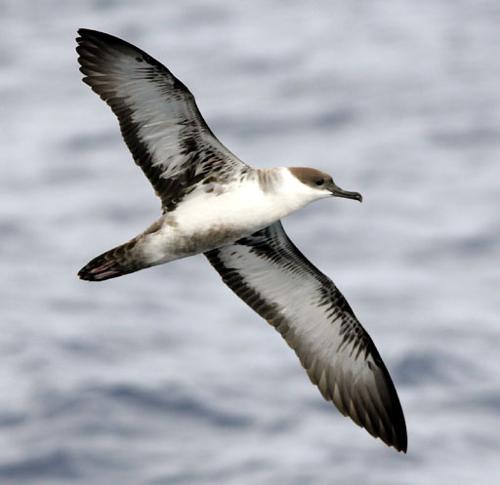 Shearwater, FormenteraPhoto: Patrick Coin CC 2.5 no changes made
Shearwater, FormenteraPhoto: Patrick Coin CC 2.5 no changes made
In the sea around the island there are more than 200 species of fish (e.g. grouper, barracuda), almost 100 sponges and about 70 shellfish and aquatic animals. There are also cuttlefish and three species of dolphins, including the striped dolphin.
When it gets colder in northern Europe, some 200 species of birds, including flamingos, hibernate around the salt pans of Formentera.
Protected areas on Formentera are:
-Ses Salines - s'Estany Pudent (s'Espardell, s'Espalmador y sus islotes)
-S'Estany des Peix
-Cap Alt
-Cap de Barbaria
-Pi d'en Català
-Patja de Migjorn y Costa de Tramuntana
-La Mola
-Punta Priman
Sources
Mallorca & Ibiza, Menorca & Formentera
APA Publications
Mischke, R. / Ibiza, Formentera
Het Spectrum
Rokebrand, R. / Reishandboek Ibiza en Formentera
Elmar
Sale, R. / Ibiza & Formentera
Kosmos-Z&K, 2000
Schmid, N. / Ibiza, Formentera
Deltas
CIA - World Factbook
BBC - Country Profiles
Copyright: Team The World of Info